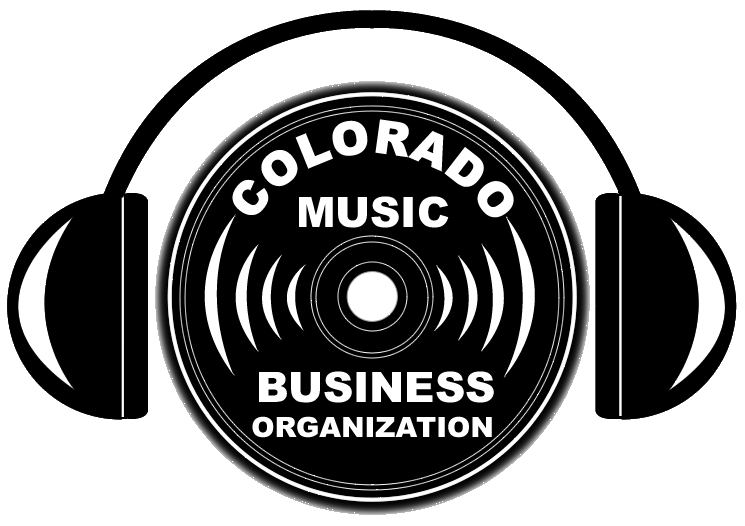Photo: Ma Rainey | By Lisa Hix, Collectors Weekly | (We offer this bit of history during Pride Month for all our musicians and friends to learn) | When Gertrude “Ma” Rainey — known as “The Mother of Blues” — sang, “It’s true I wear a collar and a tie, … Talk to the gals just like any old man,” in 1928’s “Prove It on Me,” she was flirting with scandal, challenging the listener to catch her in a lesbian affair. It might not seem like a big deal to us now, but back then, pursuing same-sex relations could get you thrown in jail.
The good news for women-loving chanteuses like Rainey, Bessie Smith, and Gladys Bentley is that blues music in the 1920s was so far under the radar of mainstream America, female blues singers could get away with occasionally expressing their unconventional desires. That said, they all felt obligated to produce song after song about loving and losing men.
“I don’t want to overplay the significance of the three songs that Ma Rainey wrote and recorded that had some references to lesbianism and homosexuality,” says Robert Philipson, who directed the 2011 documentary, “T’Ain’t Nobody’s Bizness: Queer Blues Divas of the 1920s.” “That’s a handful out of hundreds and hundreds of blues songs that were recorded. The fact that there were any was remarkable, given the times. You certainly never saw it in any other part of American culture.”
A writer and lecturer with a Ph.D. in comparative literature, Philipson got intrigued by hints such as these when he was starting out as a filmmaker and preparing for a course on the early 20th century African American art and literature explosion known as the Harlem Renaissance. “I kept running into these tidbits about this person being gay or that person being bisexual,” he says.
These clues intrigued Philipson, who saw the potential for a documentary—and in 2008, he finished his first film, “Take the Gay Train,” which traces the threads of gay sensibility running through the Harlem Renaissance. Often, though, the desire to prove that black Americans, less than half a century out of slavery, could be as artistic and literate as their white counterparts went hand in hand with adopting the “proper Christian values” of middle-class Edwardians.
The blues community, however, had no such concerns about respectability, and that’s where Philipson found the most references to homosexuality. Which is why, three years after “Gay Train,” he followed up with another documentary, this time focusing exclusively on female blues singers with lesbian proclivities.
As it turns out, the blues world was the perfect realm for people who were thought of as “sexual deviants” to inhabit, in part because people in the entertainment industry had far more leeway to flout sexual mores. But blues music also thrived far outside the scope of the dominant white American culture in the early 20th century. In Jazz Age speakeasies, dive bars, and private parties, blue singers had the freedom to explore alternative sexuality, and on a rare occasion, they even expressed it in song.
Ma Rainey’s protégé Bessie Smith was bisexual and promiscuous on the road.
“In lyrics, they talk about ‘bulldykers,’ which is they called butch lesbians at that time, or ‘BD women,’ ‘BD’ being short for bulldykers,” Philipson says. “There were references to being ‘in the life,’ which was understood to mean being homosexual.”
In 1930’s “The Boy in the Boat,” Ma Rainey’s protégé, Bessie Smith sang, “When you see two women walking hand in hand, just look ’em over and try to understand: They’ll go to those parties—have the lights down low—only those parties where women can go.” A married woman who pursued affairs with both sexes on the road, Smith is known to have exploded at Lillian Simpson, her lover at the time, “I got twelve women on this show, and I can have one every night if I want it.”
> > > > > > > > >
Read the full, eye-opening article on our early musicians, with lots of photos, here:
https://getpocket.com/explore/item/singing-the-lesbian-blues-in-1920s-harlem?
(For more information on Robert Philipson and his documentaries, visit the Shoga Films site. Recommend reading: Eric Garber’s paper, “A Spectacle in Color: The Lesbian and Gay Subculture of Jazz Age Harlem”; Bitch Magazine’s article, “Adventures in Feministory: Gladys Bentley”; Chris Albertson’s paper, “Lesbianism in the Life of Bessie Smith” and his book “Bessie”; Stephen Bourne’s book, “Ethel Waters: Stormy Weather”; Frank C. Taylor’s book, “Alberta Hunter: A Celebration in Blues”; Bonnie Zimmerman’s encyclopedia, “Lesbian Histories and Cultures.”)
This post originally appeared on Collectors Weekly and was published July 9, 2013.
Photo: Ma Rainey
https://www.facebook.com/MaRaineyHouse/

